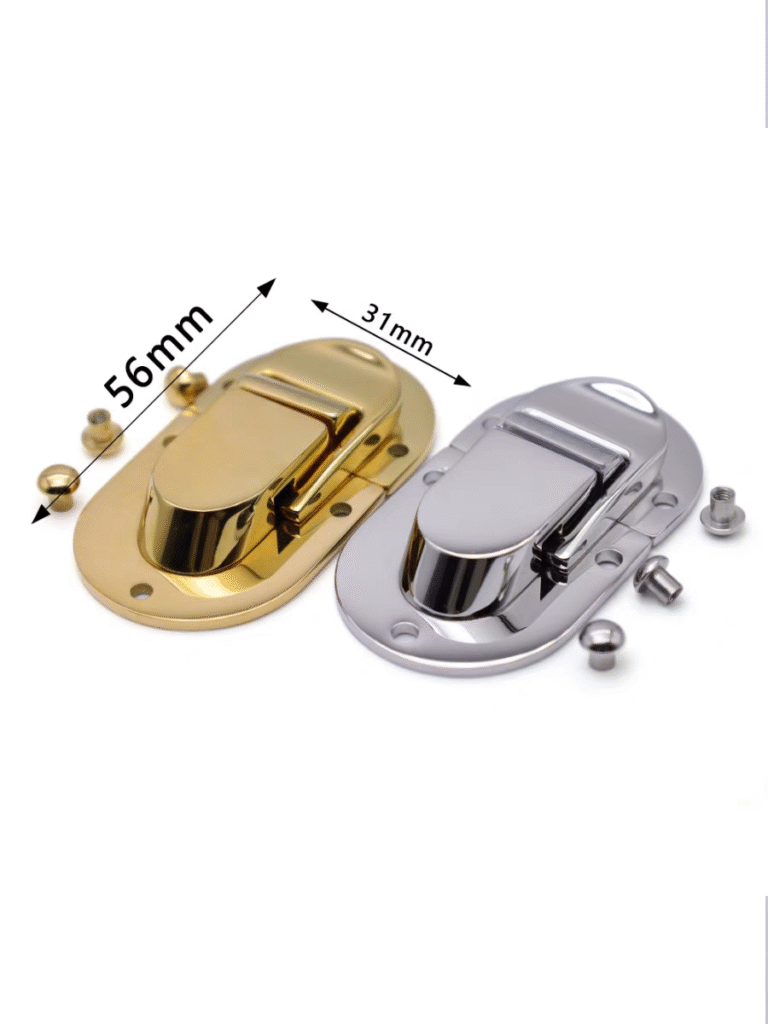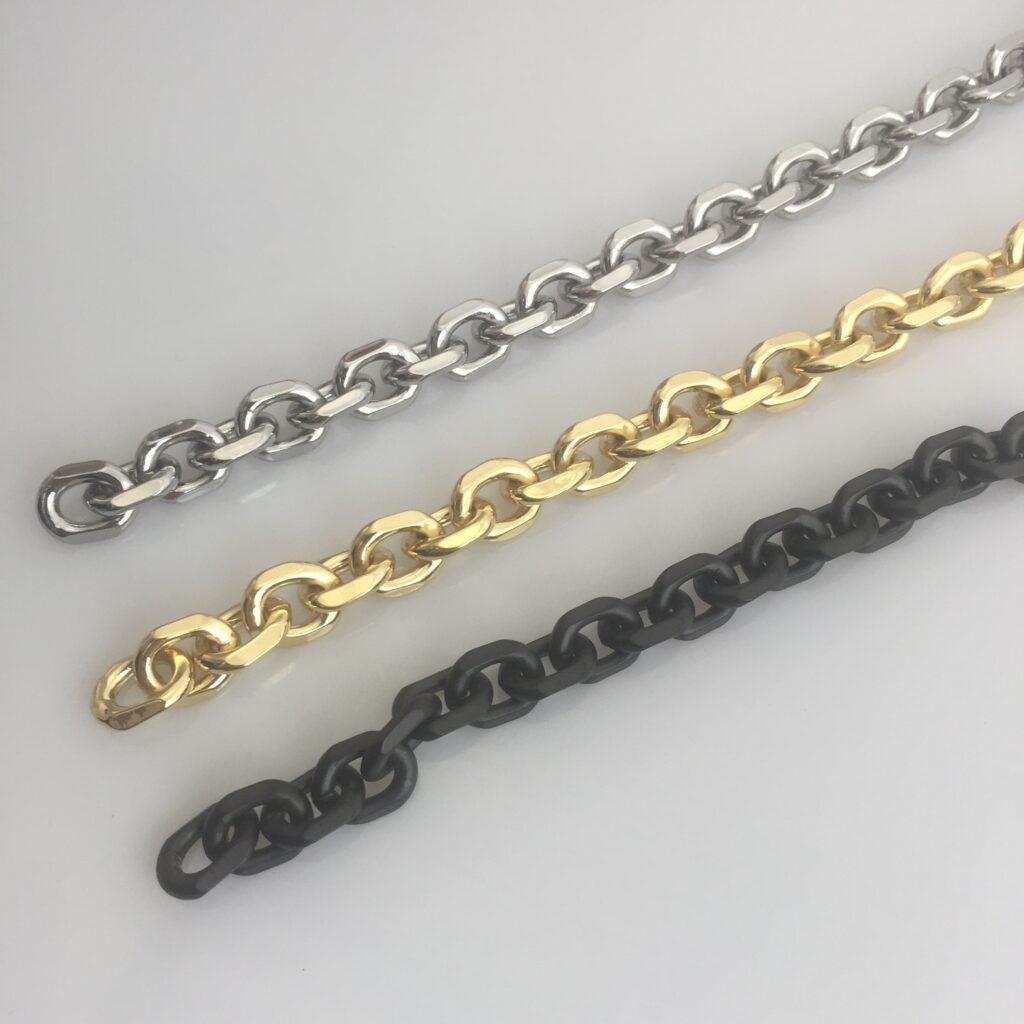Stainless steel luggage lock buckles are widely used in luggage, suitcases and other products due to their corrosion resistance, wear resistance and beautiful appearance. In the production process, defects on the surface of the lock buckle are often heard, which not only affects the appearance quality of the product, but also may lead to a decline in performance. In view of this problem, the optimization of material selection and surface treatment technology is particularly important. This article will start with material selection, explore the causes of surface defects of stainless steel luggage lock buckles, and propose corresponding solutions.
The choice of stainless steel material plays a key role in determining the surface quality of the lock buckle. Common stainless steel materials include 304, 316 and 420 series, among which 304 stainless steel has become the most commonly used choice due to its good corrosion resistance and economy. 304 stainless steel may have surface defects caused by scratches, oxidation or over-processing during processing. It is recommended to give priority to 316 stainless steel with molybdenum when selecting materials, which not only has higher corrosion resistance, but also can reduce the risk of defects in the processing process to a certain extent. For high-end luggage locks, high-strength stainless steel containing cobalt or titanium is also a good choice. This type of material is not only harder, but also effectively reduces the possibility of wear and scratches.
The defects on the surface of the lock are often closely related to the processing technology. In order to avoid scratches or indentations during the processing, it is recommended to use advanced CNC processing equipment and use high-precision molds. During the processing, attention should be paid to the optimization of cutting parameters, reducing cutting speed, increasing the amount of lubricant used, etc., to reduce the heat and friction generated during the processing, thereby reducing damage to the surface. After the processing is completed, the surface should be cleaned and deburred in time to ensure the smooth progress of subsequent surface treatment.
In terms of surface treatment, electropolishing and electroplating technology are important means to solve the surface defects of stainless steel locks. Electropolishing removes oxides and tiny defects on the surface through electrochemical reactions, making the surface present a mirror effect. If the parameters are not set properly during the electropolishing process, it may cause excessive corrosion of the surface or produce cold welding. It is recommended to strictly control the current density and processing time during the electropolishing process, and select a suitable polishing liquid composition. For high-end lock buckles, nickel plating or chrome plating can be further used, which can not only further improve the corrosion resistance of the surface, but also enhance the aesthetics of the lock buckle.

The prevention and maintenance of surface defects of the lock buckle are equally important. During packaging and transportation, anti-scratch measures should be taken, such as using anti-static packaging bags or cushioned packaging, to avoid surface damage caused by collision or friction. It is recommended that users avoid exposing the lock buckle to strong acid, strong alkali or salt spray environments in daily use, and wipe the surface with a soft cloth regularly to prevent the accumulation of dust and dirt.
The solution to the surface defects of stainless steel luggage lock buckles needs to start from multiple links such as material selection, processing technology, surface treatment and post-maintenance. By optimizing material properties, improving processing technology and surface treatment technology, the surface quality of the lock buckle can be effectively improved to meet the aesthetic and functional requirements of high-end luggage products. By strengthening quality control and user maintenance awareness, the service life of the lock buckle can also be further extended to provide consumers with a better product experience.


